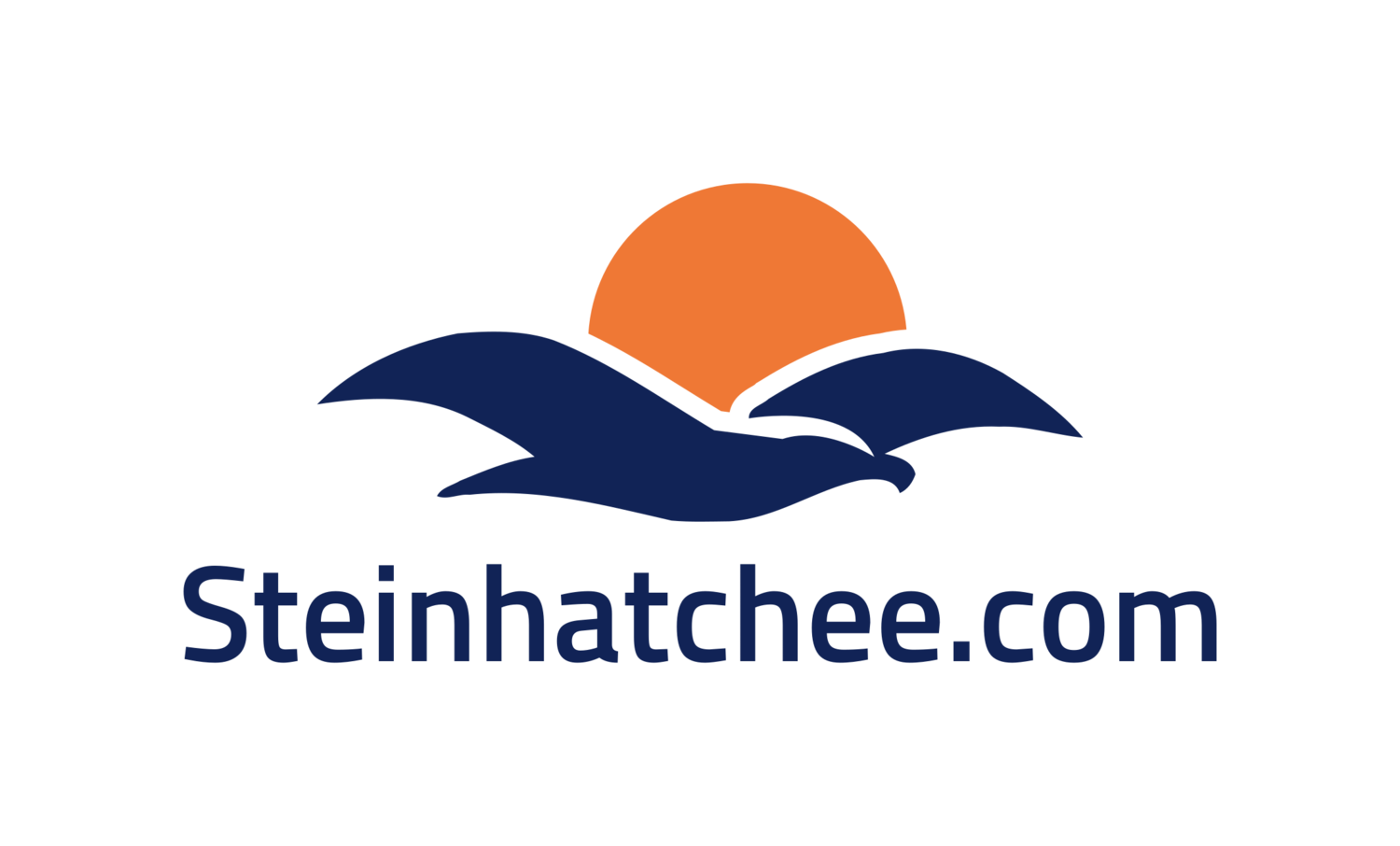State of Florida Recreational Regulations for Harvesting Bay Scallops
/Bay Scallop: Argopecten irradians
Are you ready to hit the grass flats and search for scallops in 2023? With scallop season just around the corner, now is the perfect time to start preparing for your Florida Gulf Coast adventure. Whether you’re a local or from out of state looking for a memorable vacation, make sure research early on so that you can join in on all of the fun of scalloping. In this blog post, we've compiled everything you need to know about planning your 2023 scallop season trip—from dates and bag limits to tips for having an unforgettable experience. Keep reading for more!
From June 15 through Labor Day, the Fenholloway through Suwannee Rivers Zone (including Keaton Beach and Steinhatchee area) is open for scalloping fun. Bag limits are in place to preserve this stunning ecosystem, so be sure to check the details.
From June 15-30, per person: 1 gallon whole bay scallops in shell or one cup shucked. Per vessel: 5 gallons whole or two pints shucked.
From July 1-Labor Day, per person: 2 gallons of whole bay scallops in shell or 1 pint of bay scallop meat. Per vessel: Maximum of 10 gallons of whole bay scallops in shell or 1/2 gallon bay scallop meat (1/2 gallon = 4 pints).
Get your scallop scoops ready, and let's enjoy Florida's natural beauty together!
Recreational harvesters need a Florida saltwater fishing license to harvest bay scallops unless they are 1. exempt from needing a license or 2. have a no-cost shoreline fishing license and are wading to collect scallops (i.e. feet do not leave bottom to swim, snorkel, or SCUBA).
Bay Scallop Harvest Zone:
It is illegal to possess bay scallops on waters outside open harvest areas. It is also illegal to land scallops outside open harvest areas. For example, it would be legal to take scallops from waters off the Hernando County coast, but it would be illegal to dock your boat in Pasco County with the scallop catch onboard.
Gear Requirements:
Legal Gear: Harvest permitted by hand or landing or dip net
Links to more Bay Scallop information:








